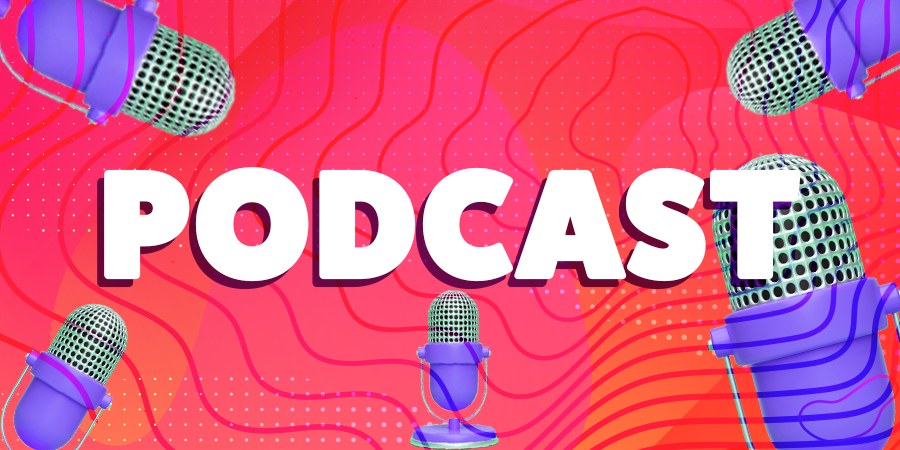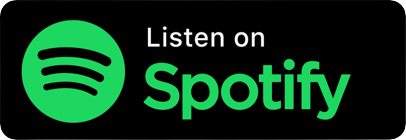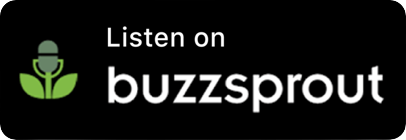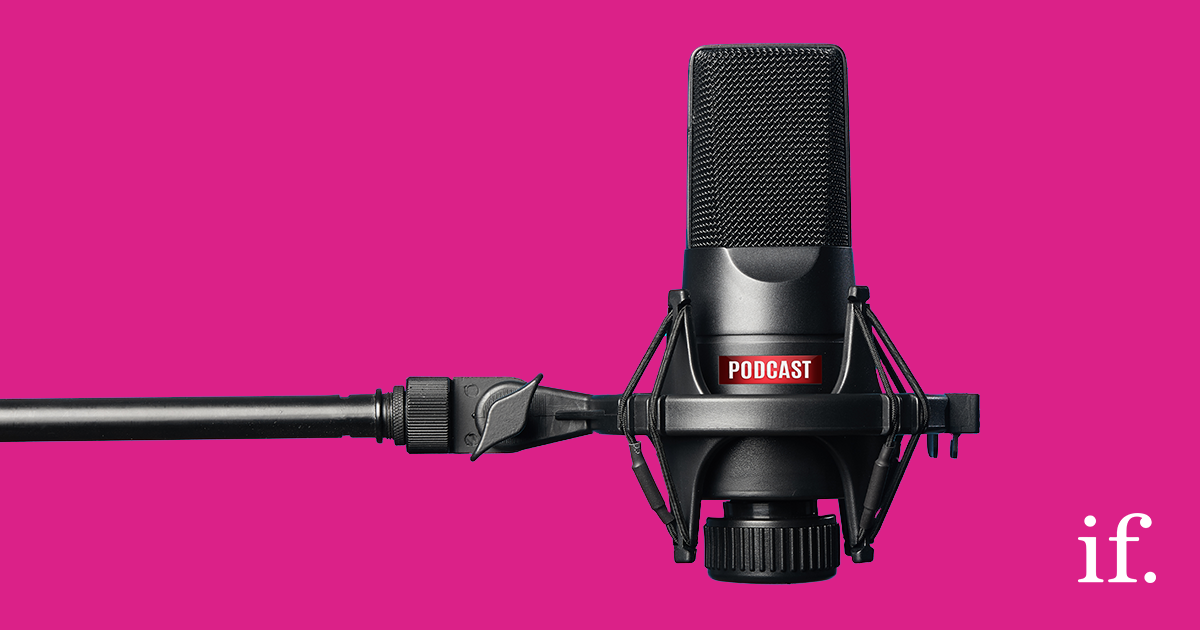Ep 41: Serious Social – Using Déjà vu forces for good
The sheen of a brand new year is fast fading, but brands can use the lessons from the last lockdown to evolve and improve social media best practice in 2021
If you’re after more know-how to break the social boring, subscribe now.
Full Transcript
Welcome to the Serious Social podcast, created by the straight-talking social media experts at immediate future.
Good morning, and welcome back to Serious Social Live. It’s a brand new year, but yes, indeed, it does seem that there might be a vague sense of deja vu in the air this week. There are some things that have changed this year. In fact, I can’t tell you how many times I’ve had to rewrite this introduction. I was going to touch on relevant topics, but honestly, there’s just too many things changing all the time since I started prepping on Monday. If you’re a marketer feeling like it’s Groundhog Day coming into this new year, then you’re not alone. We’re here to help. So pick yourselves up, grab a cuppa and let’s look at what we can do based on what we learned last year to get 2021 going. So my points that I’m going to cover today are agility, community, shopability, and sanity. The skills we developed last year will now really play into your best practise this year. Trust me, it will all be worthwhile.
Now, I’m going to start with agility. If you haven’t learned how to be agile before 2020, then you might have had a bit of a baptism of fire last year. It’s a huge skill for social media marketers to have, and one that is really key, but how do we do it? What gives us the ability to be agile? Well, I’m afraid it comes down to organisation and preparation. I know, that sounds really boring. It’s not just as easy as jumping from task to task. It’s just something to think about. If you’re listening to this and you have the sole responsibility for one brand, one social media channel, and no one to sign anything off of you, then firstly, lucky you, but I suspect that the majority of people watching maybe have multiple brands, channels, and people who need to sign things off.
So there’s some basic stuff that you need to get right in order to make that fast. If you haven’t been naming your videos correctly or have a file structure or saved that posting plan from way back in the first lockdown, then you’re going to be less agile. So being organised and prepared. When something changes overnight in your industry or sector or the world. And let’s be honest, that is basically every day so far this year, and there’s only been seven and a bit days. You do need to have the backbone of a good editorial calendar and content plan and content in the background that will allow you to flex around the most relevant topics. You also need to have things like news alerts set up via Google or your BBC News app or whichever way you want to get your news, and then listen to what your audience is saying and how they’re reacting to any news that comes out.
Prime example this week in the UK schools were closed overnight. Now, any brand with an audience which focuses on parents or families should have been ready with a message, not just of moral support, but also how you can then be helpful. And I did see lots of brands doing this, which is great. So things like if you are talking to parents and families, food brands, what are the store cupboard kid-friendly meals that you brought out last year that maybe you can bring out again, that you worked on in 2020? Or entertainment brands, for example, could you change your programming releases to include more educational content to keep young ones busy? If you’ve got that bank of content in good shape and you’ve got key messaging, picking it up and running with it should be really easy.
Now, next on my list is community. So digital communities will continue to grow this year, as so many were established last year, offering support and a sense of unity for pretty much any topic under the sun. It makes sense that while we can’t do everything that we might want to be doing right now, we tune into these self-selected tribes. Brands need to keep in mind that the anxiety caused by world events means that users, followers, people who engage with the brand are looking for comfort, stability, and safety from the brands they follow, the social accounts they follow, and the products that they buy. So you need to ensure you have empathy for this. Be human in your interactions and showcase your values as well. Now, if you’re working on how to set up a new branded community, or you want some really in-depth guides, then head over to our website and look for the branded communities podcasts, blog, or the video that we filmed with Nick Watt in early November last year.
A strong community can benefit your brand in a number of ways. For example, customer service. Seems an obvious one, but a robust community page will then self-regulate and can save businesses up to 25% in costs. You’ll also find that you get lots of user generated content, great reviews, pictures, videos, all that kind of thing, submitted through communities, or just tagging you. That’s community. It doesn’t have to be a Facebook page, for example. That can make a really big difference and go a long way to building brand trust and brand advocacy. So give your followers and your users a place to share that love that they love you. You will also get feedback for improvement.
So there’s no better way to learn than asking your audience how they’re using your products or services, what they’d like to see changed, or what they’d like to see develop. So if you’ve built a branded community and you engage well with them, this feedback is free and obviously highly valuable. So what do you need to consider? Think about a few key things. Reciprocity, authority, consistency, support, and unity. Look at weaving these into your messaging and how you can encourage your followers to contribute and community will then really flourish.
All right, next up is shopability. If you’re a brand selling direct to consumers and the events of 2020 didn’t force a digital transformation to e-commerce, then you’ve probably already got some problems on the business front. Conversations around online shopping have increased by 66% since the pandemic hit. That’s a lot of noise. So your brand needs to ensure that it can stand out on social. Now we’ve got a brilliant webinar that we ran last year and a look book that you can find on our website and social pages for some more info, but as you’ve kindly stopped by to listen to me this morning, I will give you a little bit of a flavour.
The first step to approaching social as a D2C brand is to build trust. You can’t just shout at the audience to buy, buy, buy your products. And obviously it’s tougher now than ever because there’s no showrooms, there’s no shops to go and touch and test the products. And that means you need to work with your communities, with great reviewers, influencers, and partners to show as well as tell consumers about the product. Now, how do we do that? This year does have one thing in common with all the other years in digital marketing terms, and that is that video is a big deal. I think we’ve been saying that forever now. But it’s not just the shortfall on the ever-growing TikTok. It’s also long form video and live streams that are continue to grow as a medium for consumers to get closer to brands and to really understand what’s going on.
Using video seems easy. Point and shoot. A bit like I’m doing today. But it’s not as easy as that. There are some things that you need to consider on a bit of planning, but as long as you don’t set your objectives for your video as, “We need to go viral,” and you do maybe a short video series and then test and learn, then you’re on the right path. And of course it’s not just video. Audio had a massive growth in 2020 as a way to communicate with people. Twitter brought out a couple of new products. They’re bringing out some sort of room type features which are audio only. And of course you can’t go anywhere without bumping headfirst into a brand new podcast that someone’s brought out. So think about those things that you can use to build trust. And while you’re doing that, make sure you’re building a frictionless journey for your customers as well. There is nothing worse than an amazing Instagram story or something that doesn’t have a call to action, or you eventually find the website and then it’s clunky, or the checkout button doesn’t work or something. Really frustrating.
So you need to build the journey and the trust, and then you’re ready to use all of those amazing things that developers in the social platforms are working on. So shoppable pins on Pinterest, or the product catalogues on Instagram, tags, all that kind of thing. Once you’ve got those in place, you can deploy a paid campaign to scale up as the sale start to come through. It is pay to play on social. Don’t be surprised if you’ve just launched an e-commerce channel on those new products like shoppable pins, and your organic content isn’t getting anywhere. You will need to pay to play.
Okay. Lastly, I am going to talk about sanity and I do of course mean this in social media marketing terms. I do not profess to be able to keep you sane in all areas of your life. I’m not that kind of expert. But there are several things that will drive you a bit insane if you focus too much on them. The first is the myth that to be a success on social, you need to be posting all the time on every channel. It is just simply not true. Quality will win over quantity every time, and engagement on the channels where your audience are most prevalent, where it makes the most sense, is far better than trying to be omnipresent and spread yourself too thin. It’s not sustainable. So this year, give yourself some focus.
If you fall into the trap of attempting omnipresence, it’s possible you’ve also tried to connect your accounts, cross posting from one to the other automatically, or you’ve just used too much automation in your media. By all means, use prescheduled posts, use posting tools. We use them. But you better be ready to flex and adjust all that when things change overnight. You need to be able to log in and make sure that you can pause those prescheduled posts or tweak them or change them. Don’t expect the tool to do everything for you. The reliance on automation and connected accounts and things, that can be an indicator that you should refocus and cut back on volume or platforms or both to stay sane.
Another thing guaranteed to drive you a bit lala is measuring success by only vanity metrics. Listen, a high number of followers and going after that is all well and good, but if no one’s actually engaging with your content and all you get is spam likes from bots, then what’s actually the point? Sets up your campaigns with the right KPIs. Watch time for videos, for example, or comments and shares if you’re looking to build up social fame. And then two last things to avoid. Don’t tag influencers and celebrities asking them free coverage. It’s just harassment, and they might not be the right celebrity or influencer for you anyway, and influencers don’t solve everything. And secondly, don’t, under any circumstances, feed the trolls. If you get some feedback that you need to resolve, address it 100% publicly on social, but if someone’s there just trying to cause disruption and anger and stir something up, just don’t engage.
Okay, that is it for this week. I hope that some of these best practise tips will help you start 2021 on a good path. And here’s to staying sane in this world of social media. And remember, if you need support and advice, we’re all about paying it forward at Immediate Future. So you can us anytime via our social media channels. We will be back with more best practise next week. I think Katy’s going to be here. So do join us then. And obviously you can catch up on all of our Serious Socials from last year, I think there was about 40 podcasts, as a video, as a podcast, and blogs on our website. So go and check those out. But for now, thank you very much for watching. See you soon.
If you’re after more know-how to break the social boring, subscribe now and check out the show notes for links to our website and social profiles.




